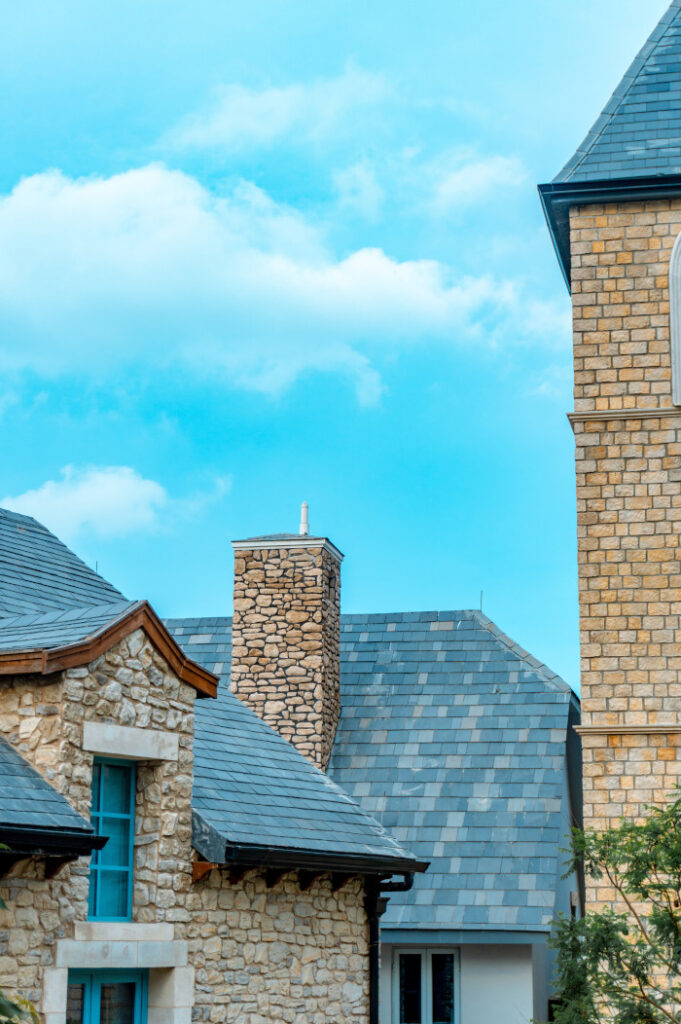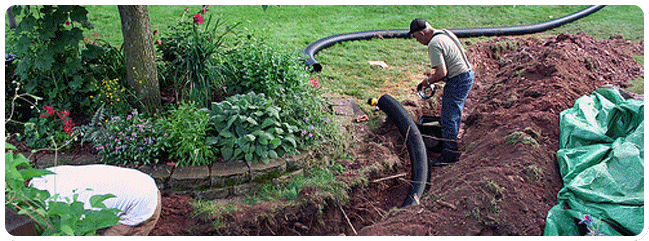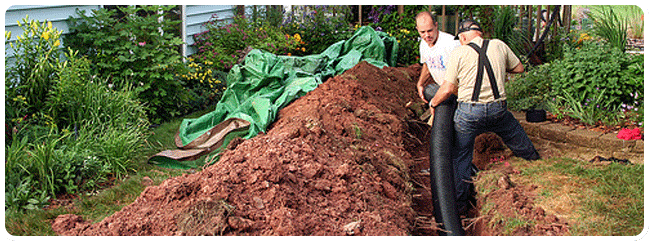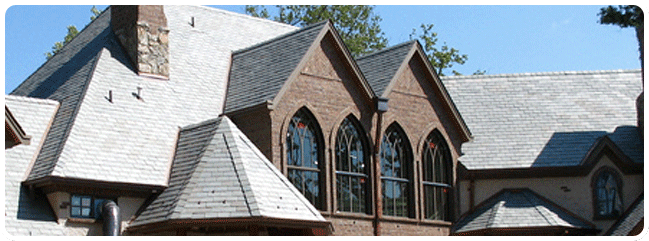Creosote, the brown or black residue that builds up on the inner surfaces of a chimney flue liner, is highly flammable. If left untreated, it can catch fire and may cause cracks in the “fireproof” brick, stone, or clay flue liners and will let the heat reach nearby combustible materials in your home. In short, a dirty chimney is the reason why many homes catch fire each year.
This is the reason why proper chimney maintenance should be in order, preferably in early summer or late spring once the heating season is over. Through this, you will have the time to perform any repairs before the heating season starts this fall.

Apart from that, these are the chimney maintenance tips that you need to remember:
1. Make Sure your Chimney is Waterproof – Moisture and the elements can be major problems for your chimney. They can weaken the structural integrity of your chimney, cause mold and even damage the walls and floor around your fireplace. You’ll need to make sure your chimney waterproofing, chase cover, crown and flashing are all functioning properly.
Start by waterproofing your chimney. Adding a water sealant to the outside of your chimney will prevent moisture from breaking down the bricks and mortar and sneaking into you home.
Obviously, there’s a large hole at the top of your chimney which allows smoke to escape. You don’t want to seal that hole, but you also don’t want rain and snow from getting into your home. What can you do?
For prefabricated chimneys, chase covers are a great addition. It covers the top while still allowing smoke to escape through a small pipe. Most prefabricated chimneys come with galvanized steel chase covers which have a tendency to rust. Replace it with a stainless steel, copper or aluminum chase cover so you don’t have to worry about rust again.
For masonry chimneys, you’ll need to get a crown. It’s a concrete cover that prevents anything from getting into your home. Like chase covers, the smoke escapes through a pipe coming from the crown.
The flashing is where the chimney meets the roof. Without a sealant going around the meeting point, moisture can seep into your home. Make sure your flashing is in good condition. Source: Vertical Chimney Care
2. Dust the Inside of Your Fireplace Often – Reduce the need for frequent professional visits by regularly cleaning the inside of your fireplace. Big build-ups of soot and ash are the root of most chimney problems, but regular dusting will prevent them from forming in the first place. How often you’ll dust depends on how often you’re using your fireplace. If that’s every day, try to clean up weekly. If you’re only lighting it up once a week, you can get away with a monthly cleaning session.
Ensure your fireplace has completely cooled down by waiting at least 36 hours before getting the cleaning process started. Then, lay down a tarp to collect debris, put on a pair of heavy-duty gloves, and use a shovel to scrape the ashes from the chimney base into a metal bucket. Once you’ve double-checked that nothing is still burning, it’s safe to transfer the contents of the bucket to the trash. Source: Angi
3. Chimney Cap Inspection – A damaged chimney cap can cause homeowners thousands of dollars in chimney repairs. Chimney caps are important to the safety of your home by preventing animals from entering your chimney, keeping rain and snow from entering your home, and stopping lit embers from exiting your chimney and landing on your roof. A mortar crown is what attaches your cap securely to the chimney top, insecure mortar crowns will need to be repaired in order to properly protect your chimney. Source: The Chimney Sweep
Hopefully, these chimney maintenance tips will help you know where to start. Through this, you can prevent fire hazards or costly repairs later on in your home.
Contact:
Kerrisdale Roofing & Drains
168 W 71st Ave, Vancouver, BC V5X 4S7
(604) 360-2114



















